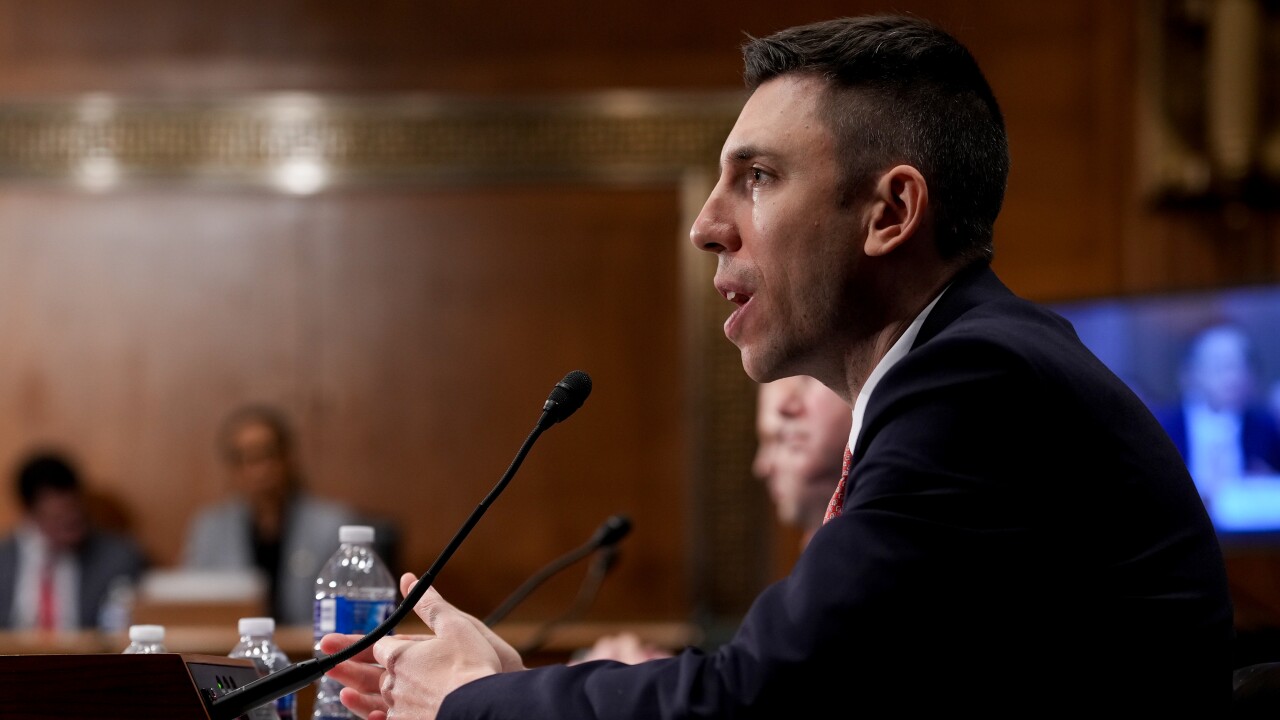ACH Alert has been providing fraud protection for Automated Clearing House, debit and wire transactions at banks for more than six years, but it's probably never been in a better position to draw attention to its real-time process.
Fraudsters have targeted ACH payments since the early days of converting paper checks to electronic payments, and the number of ACH payments has grown steadily through online bill payment, direct deposit and business-to-business payments.
That pace is expected to accelerate when the
Such a development provides an opportunity for ACH Alert, which monitors transactions before they leave a bank customer's account and contacts the customer directly to verify or deny those that raise red flags. The Chattanooga, Tenn.-based company is preparing to address the growing concern that
ACH Alert monitors transactions by the payee routing and account numbers, and holds up any that have not been previously issued to a certain party or authorized in the past to pull funds from the account.
If a transaction is suspicious, ACH Alert contacts the bank's customer, preferably through a mobile phone alert, and asks for verification. This process takes the task of connecting with the customer away from the bank's employees.
"Our approach is much different than what banks have used in the past, so they have been slow to adopt," said Deborah Peace, CEO of ACH Alert. "But we are starting to see that change rather quickly in the last year because of the realization that what they have been doing is not a scalable model."
Banks have been handling security through various methods such as data encryption, customer behavior analytics and Internet Protocol address monitoring, but almost always took on the task of communicating with the customer. In a same-day environment, that model won't fly, Peace said.
"What happens today when a transaction triggers an alert is the bank employee reaches for the phone and calls the customer," Peace said. "The sheer nature of the telephone tag piece to this, or leaving a recorded message, is a part of a process that is not going to work with same-day settlement."
At many banks, monitoring ACH and wire transactions remains a "somewhat manual process," said industry analyst Russ Schoper of Atlanta, Ga.-based Business Development International Inc.
"Businesses use ACH all of the time to pay vendors, and the last line of defense is always the customer," Schoper said. "This is rock solid if ACH Alert is reaching out to the customers for the bank and stopping a lot of potential fraud."
Indeed, it's been a growing concern that fraudsters who are becoming frustrated with security advancements at the point of sale are instead
"Bigger banks with more volume may lean toward an alerting system for ACH transactions before smaller banks, but as the industry moves toward same-day transactions, all banks will find customer alerts appealing," Schoper said.
Depending on the transaction value, ACH Alert uses various methods for the bank customer to verify. For debit transactions, which typically are not as fast as wire transfers, the customer can authenticate with an ID, password and challenge question.
On the ACH origination side, the company uses one-time codes sent to a mobile phone; for wire transfers, it incorporates voice biometric technology.
When offering ACH Alert software, banks enroll customers and send the customer's needed information to ACH Alert, which can obtain that data from vendor partners or through application interfaces with other tech providers to alleviate the bank's task of data transfer.
While keeping a close eye on faster payments developments, Peace is not expecting banks to begin offering same-day ACH origination in September of 2016, even if they are prepared for faster settlement upon receipt of a payment.
"Some will wait until they can do debit, while others will want to make sure they understand the risk involved and security needed," Peace said. "Banks have to get their heads around this."
As such, Peace said her company is expecting far more ACH same-day activity in the fall of 2017.
ACH Alert currently serves 70 financial institutions and monitors between 30,000 and 50,000 accounts.





